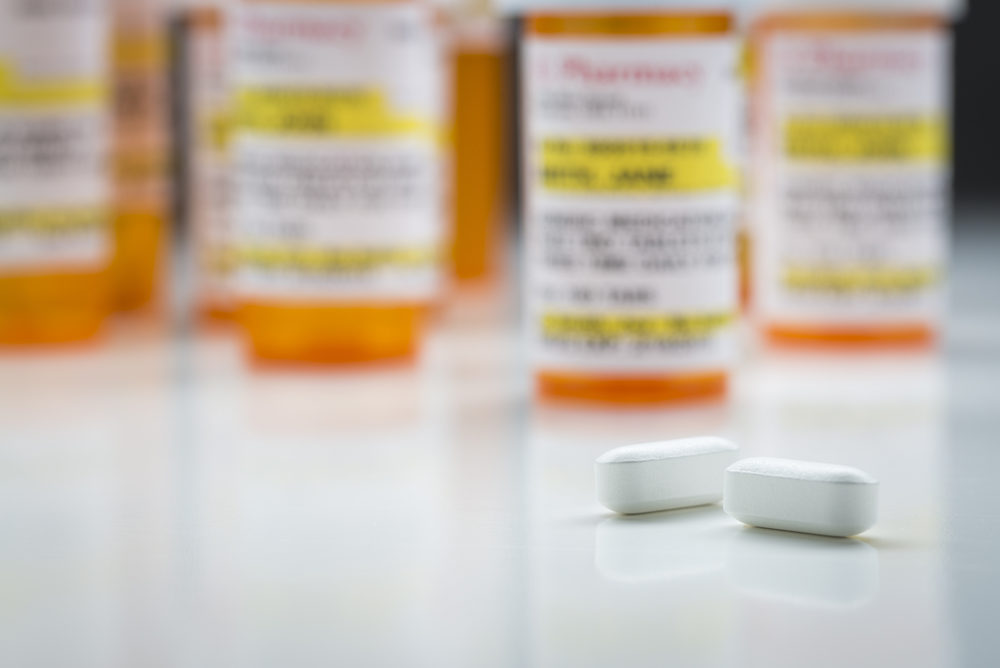Long-Term and High Dose Opioid Use Increases Risk of Adverse Events: Study

The findings of new research suggests receiving high doses of opioid painkillers or taking the powerful medications for long durations increases the risk of experiencing severe side effects or dying.
Patients who take high doses of narcotic painkillers or take them for longer than 90 days have a two- to three-fold increased risk of suffering opioid abuse, opioid dependence, fractures, dizziness and other adverse events, according to a report published last month in the medical journal JAMA Network Open.
Canadian researchers studied 1,500 patients who were enrolled in a cluster randomized trial of medication reconciliation from October 2014 and November 2016, and were discharged from McGill University Health Centre in Montreal, Quebec, Canada. Patients who were included filled at least one opioid prescription three months after discharge.

Did You Know?
Millions of Philips CPAP Machines Recalled
Philips DreamStation, CPAP and BiPAP machines sold in recent years may pose a risk of cancer, lung damage and other injuries.
Learn MoreOverall, 51% of patients treated in the medical unit and 88% of patients treated in the surgical unit received an opioid prescription. Among those who did not receive an opioid prescription at discharge, roughly 50% filled an opioid prescription in the seven days after discharge.
The data indicates taking a daily dose of narcotic painkillers, like Vicodin or Norco, higher than the equivalent of 90 milligrams of morphine, or taking opioids for more than 90 days, increases the risk of opioid-related adverse events.
In the study, taking an opioid for more than 90 days increased the risk of opioid-related side effects by two-fold, compared to taking them less than 30 days.
Taking opioids with an average daily dose higher than 90 morphine milligram equivalent (MME), compared to 90 MME or lower, tripled the risk of injury or death.
Research indicates many ER doctors prescribe more opioid painkillers than they realize and roughly one-third of doctors prescribe painkillers without a documented pain diagnosis.
Doctor behaviors and overprescribing has been largely blamed for the worsening opioid epidemic, with opioids now accounting for nearly 70% of all drug overdose deaths.
Opioid adverse events included opioid abuse, dependence, opioid poisoning, and some of the common side effects of opioids such as suffering bone fractures, nausea, vomiting, or dizziness. Roughly 52% of patients who suffered adverse events suffered bone fractures of some kind. About 16% suffered from nausea or vomiting and 18% experienced dizziness.
Additionally, about 16% of patients experienced an opioid-related emergency room visit, were readmitted to the hospital, or died.
Researchers indicate having an active opioid prescription during follow up was linked to a 71% increased risk of opioid-related adverse events. New research indicates prescribing programs after surgery may help reduce opioids prescriptions and use in an effort to mitigate an ever-worsening epidemic.
“These results can inform policies or strategies for minimizing the harms and risks associated with opioid-related morbidity,” the researchers wrote. “Opioid use duration and opioid doses may need to be adjusted for patients who are transitioning from acute postoperative to chronic pain.”
Want a weekly update on top lawsuits, recalls & warnings?
"*" indicates required fields





0 Comments